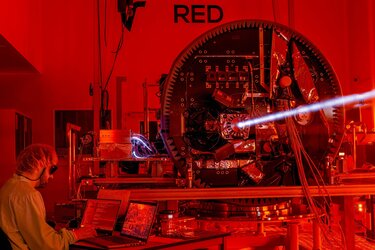

Proba-1’s T-plus 23 years in orbit
Thank you for liking
You have already liked this page, you can only like it once!
Technology-demonstrating microsatellite Proba-1 was launched into orbit 23 years ago this week – and is still working.
Produced for ESA by Verhaert in Belgium, now (Redwire Space), Proba-1 was launched on 22 October 2001 on an Indian Polar Satellite Launch Vehicle by the Indian Space Research Organisation, ISRO.
Among its many firsts, the Earth-observing Proba-1 was the first mission to use lithium-ion batteries in orbit, perform many guidance, navigation and control tasks autonomously – including multi-angle acquisitions of surface imaging targets – and make use of commercial off-the-shelf parts in place of purely space-qualified components.
Proba-1’s main CHRIS hyperspectral imager ceased operations at the end of 2022 after acquiring more than two decades of data, although it remains fully functional. Proba-3’s secondary High Resolution Camera is still working as well.
Originally intended to operate for just two years, the elderly mission is giving invaluable insights into the durability of onboard systems.
Proba-1’s mission will formally conclude with another first: it has become the assigned target for ESA’s ClearSpace-1 debris-removal spacecraft to be taken down from orbit in 2028.
Its name short for ‘Project for Onboard Autonomy’, as well as taken from the Latin for ‘Let’s try’, Proba-1 was the first in a family of technology demonstration satellites, followed by Sun-observing Proba-2, the terrestrial vegetation monitoring Proba-V and soon the double-satellite Proba-3, which will create artificial solar eclipses in orbit to observe the Sun’s corona, the source of space weather.
-
CREDIT
ESA/Redwire Space -
LICENCE
ESA Standard Licence

Proba-3's laser-precise positioning

Proba Mission Operations Centre

Image of the coast of Cuba taken by Proba

Mini Earth-observer Proba-1's 20 years in orbit

